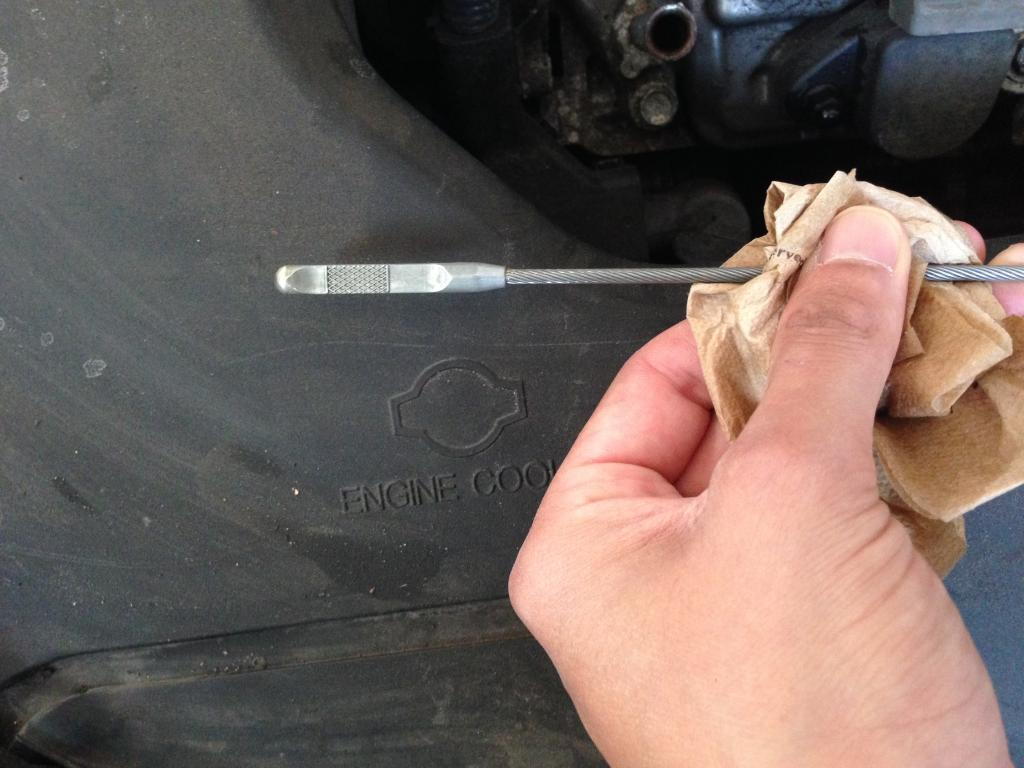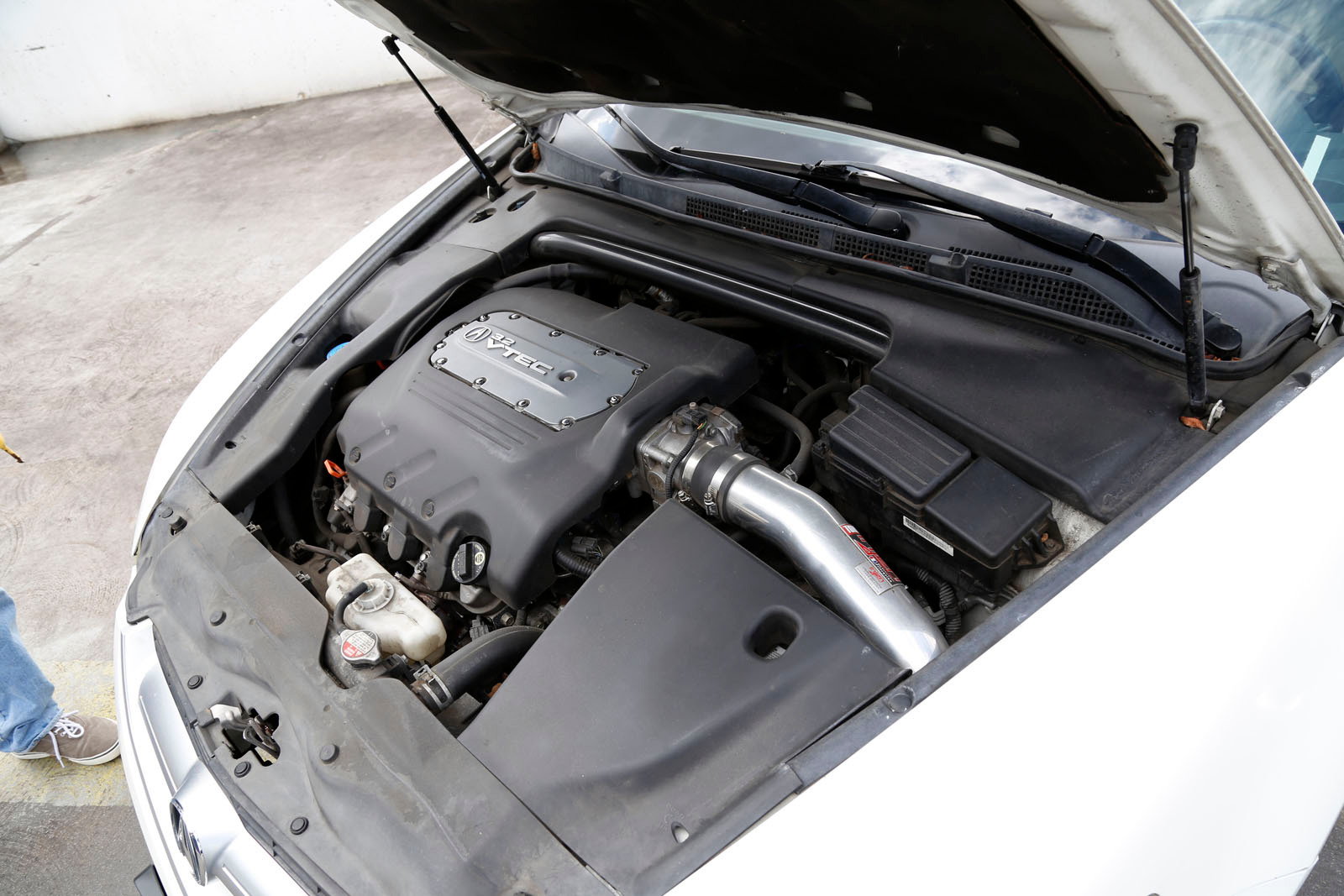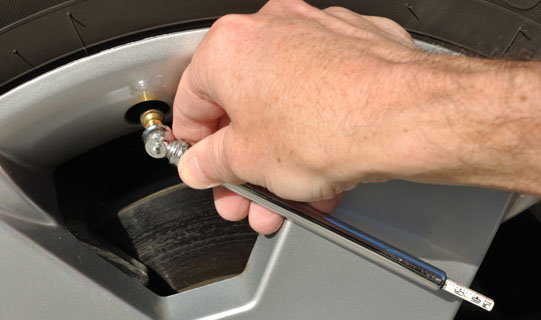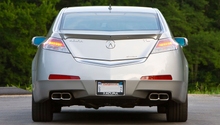Acura TL 2004-2008: General Information and Recommended Maintenance Schedule
This guide will shine some general light on your Acura TL and its maintenance schedule. Read on to get to know your car.
This article applies to the Acura TL (2004-2008).
The Acura TL is a great car to own, and getting to know it more can allow you to take care of it better. Whether you're in the market for an Acura TL or you already own one, this guide will give you some general knowledge about it. Be sure to take the maintenance schedule very seriously; waiting too long between the general maintenance can cause damage to many of your components. Read on to learn what you need to do to keep your Acura TL healthy, as well as getting to know it in the process.
Acura TL
The Acura TL combines comfort with style. This sporty luxurious car is the mixture between fancy and sport. It is considered to be a very durable and reliable car, and if you're a fan of the Honda and its durability, you will love the Acura, as it's a bigger, more luxurious version of the Civic. The fourth generation offers a very nice spacious cabin, as well as a V6 engine. You can also purchase the TL in an all-wheel drive option, which tremendously improves the handling. When you're looking at a TL, you will be faced with two engine options: the V6 3.5 Liters, which can give you up to 280 horsepower, and the V6 3.7 Liters, which give you about 305 horsepower. All of the Acura TL's come with advanced technology, as well as slick looks.

Basic Maintenance
The basic maintenance are the procedures that you're supposed to do every 5,000 miles. However, if you have over 100,000 miles on your Acura TL, it's recommended you perform these maintenances every 3,000 miles. Most people perform the basic maintenances late, sometimes 1,000 miles or more later. Waiting this long can damage the internal parts of your engine, as the engine oil loses its lubricant component. Be sure to always replace the engine oil every 5,000 miles, as well as the engine oil's filter. While you're replacing the engine oil, the engine's air filter should be replaced at the same time, which is a rather easy process, but the results are far more beneficial. Rotating the tires every 5,000 miles is also a beneficial procedure to do, it ensures your tires will last as long as they can potentially go.

30,000 Miles Maintenance
At 30,000 miles, there are other parts that will need replacement. For instance, the spark plugs need to be replaced as a set, this will give your car a new life, it will give it spark if you will. At 30,000 miles, you will also need to replace the brake pads. Worn brake pads can be accompanied by squeaking noises. Waiting too long to replace your pads can cause rotors wear, which will cost you triple what you were going to pay to replace the pads. Every three years, you should replace the brake fluid to ensure good, healthy brake system. If you really love your Acura, flush the radiator and change the coolant every year, or every 30,000 miles. This will ensure your radiator keeps your engine as cool as it can, which ensures a healthy engine.

Inspections
The maintenance repeats itself; however, inspecting certain components is crucial. You should inspect your tires' PSI once a month. The tires can inflate and deflate depending on the weather's temperature. Having uneven tire pressure can wear out your tires quickly, as well as alter the handling of your car. Inspect the belts once a year, if you see any cracks or wears, replace them before they break on you somewhere. Also, you should get in the habit of inspecting your power steering fluid, transmission fluid, and your brake fluid once a year. Make sure they are not too dark, and more importantly, make sure they are at the appropriate level. Once every year, get a flashlight and inspect the bottom of your car. Make sure there are no leaks and all your brake as well as fluid lines are in a good working condition. It's much better to catch a leak early, and the longer you wait, the less fluid that system operates on, which can end up damaging the specific system. Get in the habit of checking your brakes, even before hearing squeals, especially your rotors. Check the brake rotors once a year, making sure they are not grooved or cracked.

Related Discussions
- Maintenance Schedule - AcuraZine.com
- Acura TL TSB - AcuraZine.com
- Service Department Q&A - AcuraZine.com






